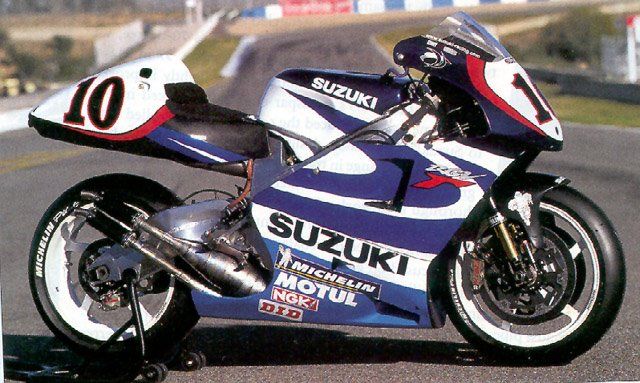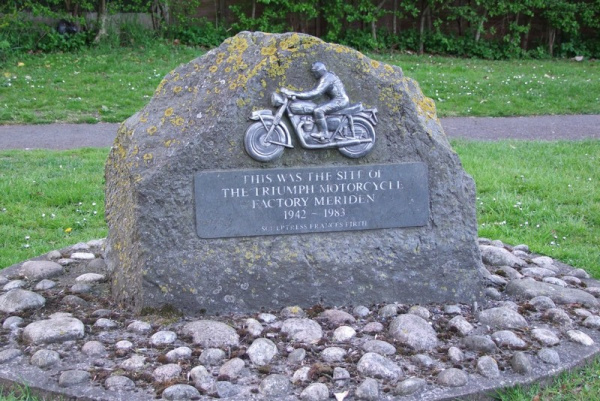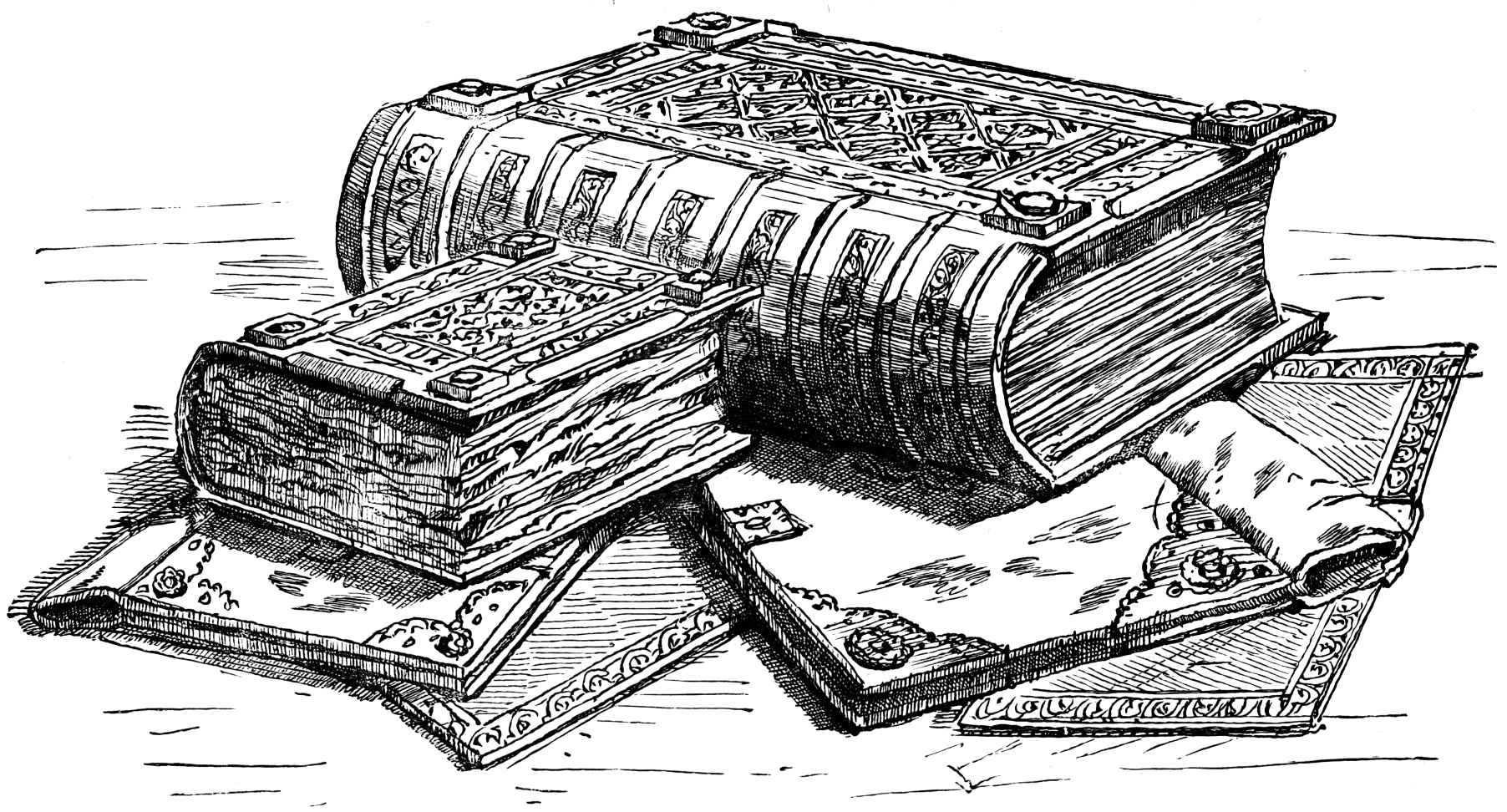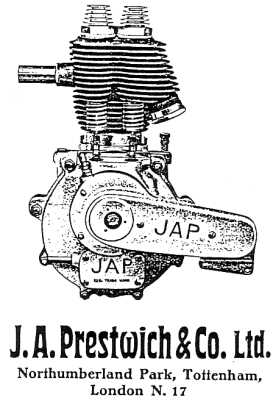

CNN reports that journalist Mary Thom, a prominent feminist who was an editor of Ms. Magazine in its early years, was killed when she crashed her motorcycle in Yonkers, NY, just north of New York City.
She helped found Ms.Magazine, the influential feminist magazine, and served as an editor there for 20 years.
After leaving in 1992, she worked as editor in chief of the features section of the non-profit Women's Media Center, which works to raise women's visibility in the media.
Mary Thom was 68.
Today in motorcycle history proudly supports the National Association for Bikers with a Disability (NABD). www.nabd.org.uk
Today in motorcycle history proudly supports the National Association for Bikers with a Disability (NABD). www.nabd.org.uk























